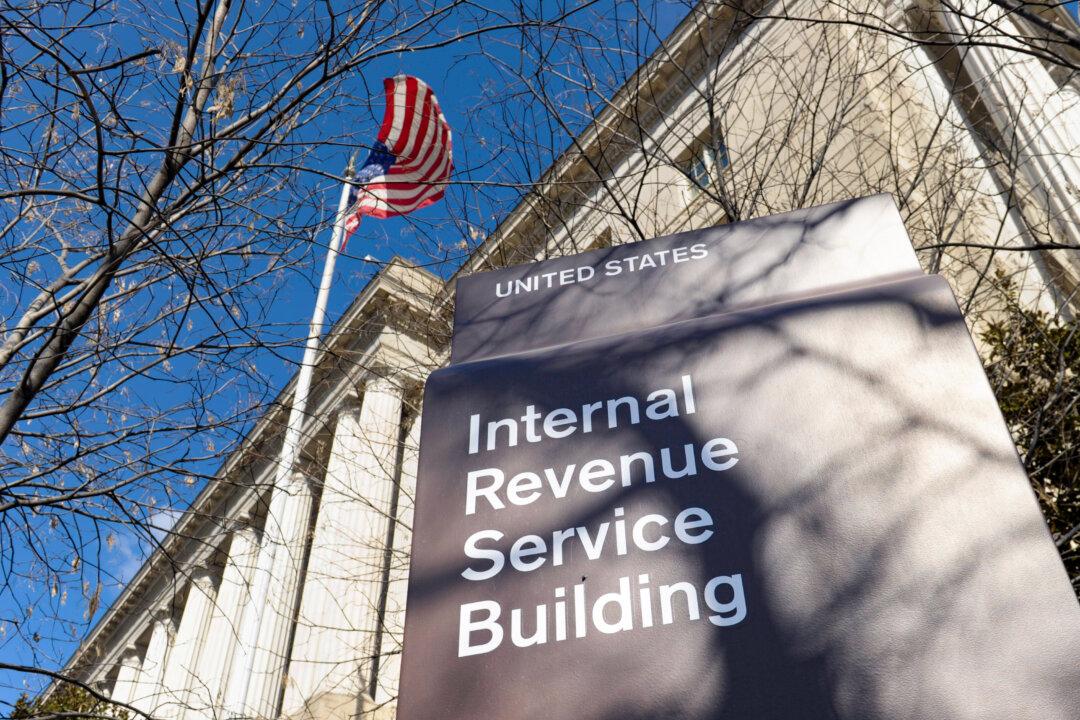A watchdog report casts serious doubt on the ability of the Internal Revenue Service (IRS) to make good on its pledge to focus its tax enforcement efforts on high-income tax evaders but not increase audit rates on Americans earning under $400,000 because IRS enforcers are still using an outdated $200,000 high-income threshold as their default.
The Treasury Inspector General for Tax Administration (TIGTA), which is the watchdog overseeing the IRS, recently carried out a review to assess the IRS’s strategy to train employees hired specifically to audit high earners and big businesses that underreport income.





